I can put my hand up and say “you live and you learn”. I have made plenty of mistakes along the way, as you will see in my photos below, but I have learnt so much over the past few years and I feel it is my duty now to spread all my knowledge far and wide to help promote child and dog safety, reduce the number of dog bites to children and really help give our dogs a happier life.
Many people believe that “good dogs” don’t bite under any circumstances. Let me tell you, this is not the case. According to the Royal Children’s Hospital – “Children should never be left alone with a dog. Even the most placid and friendly dogs may bite if annoyed, frightened or hurt. Most dog bites to children are caused by the family dog (33%) or a dog known to the family. Most often the child was teasing, biting or grabbing the dog, often when the dog was sleeping or eating.”
So, rather than looking at things in terms of “good dog” or “bad dog,” it’s far more useful to consider whether this is a “good moment” or a “bad moment.” Just like us humans, all good dogs have bad moments, and as good owners we need to help our dogs through those moments to the best of our ability.Learning to understand your dogs body language is key and know how to respond to their signs will help ensure your child’s safety and that your dog lives a much happier life.
Make sure the dog is enjoying their encounter with the child rather than just tolerating it.
According to the amazing Colleen Pelar, there are three useful ways for evaluating the behaviour of a family dog in common situations. Ultimately, we want our dogs and children to both be happy. We don’t want to put them in a situation where they feel they need to “tolerate” it, let alone, need to communicate that it’s enough already. So as a parent and/or dog owner it is your job to look out for these and intervene early.

We often make the mistake of evaluating whether an interaction is good or bad based on intentions rather than results. When evaluating whether an interaction is good or bad, look at both sides of the equation and take action whenever you see signs that someone is just tolerating the situation, whether it be the person or the dog. Have a watch of this video from The Family Dog, it is so powerful in explaining this exact point.
Enjoyment. Tolerance. Enough Already.
What does this look like?

These two photos taken only moments apart show how from one moment to the next, things can change. As soon as Harper reaches over to hug Cooper, which as a parent we think is so adorable, you can see how Cooper’s body language shifts to pull away from her. He is giving a clear signal that he is not liking what is happening. He is looking the other way and his ears are pricked back, his eyes are staring and squinty. I would say Cooper is almost past tolerance in this photo and is trying to say enough already. Again the comparison here shows how much happier he is when he has his own space.
Please don’t take this lightly, as adorable as you think it is that your child wants to hug your dog, please remember that good intentions aren’t enough. A dog that gives off a warning like this, if he gets pushed to his limit or feels trapped, could bite. Not all dogs like hugs, so watch your dog’s body language, explain it to your children and always intervene and be your dog’s advocate. He can’t talk so it’s up to you to have his back before something bad happens.

Here is another example to show how from one moment to the next things can change. As Harper shifts her eye contact to focus on Cooper, you can see it makes him uncomfortable as he closes his mouth and tenses his facial muscles. Yes, he is tolerating what is happening but clearly trying to give me a signal. As my dogs advocate, it is my responsibility to end this interaction and give him some space.
Active Supervision and Management are key and so is providing a safe place for your dog to escape to whenever he needs it.
NEVER leave your child alone and unattended with a dog. Always make sure to actively supervise and step in if you feel the dog is uncomfortable or the child is at risk.
There are 5 different types of supervision but active supervision is the one you must use so please click here for what Active supervision looks like.
Implementing management tools (like baby gates, play pens, crates) are really important to help separate your dog and child when you are unable to actively supervise them. Plus, they are a great tool to help give your dog a break from your child.
It’s important to always ensure that your dog knows he has a safe place to retreat to if he needs a break from the kids. Click here for a great visual from Family Paws on different management ideas.
If your dog is doing something that you are unsure about or worried about please get in touch with me ASAP or any other positive reward-based trainer.
Mel xox
PS. Make sure to head to our SHOP if you haven’t already! Spoil yourself and your dog!!


